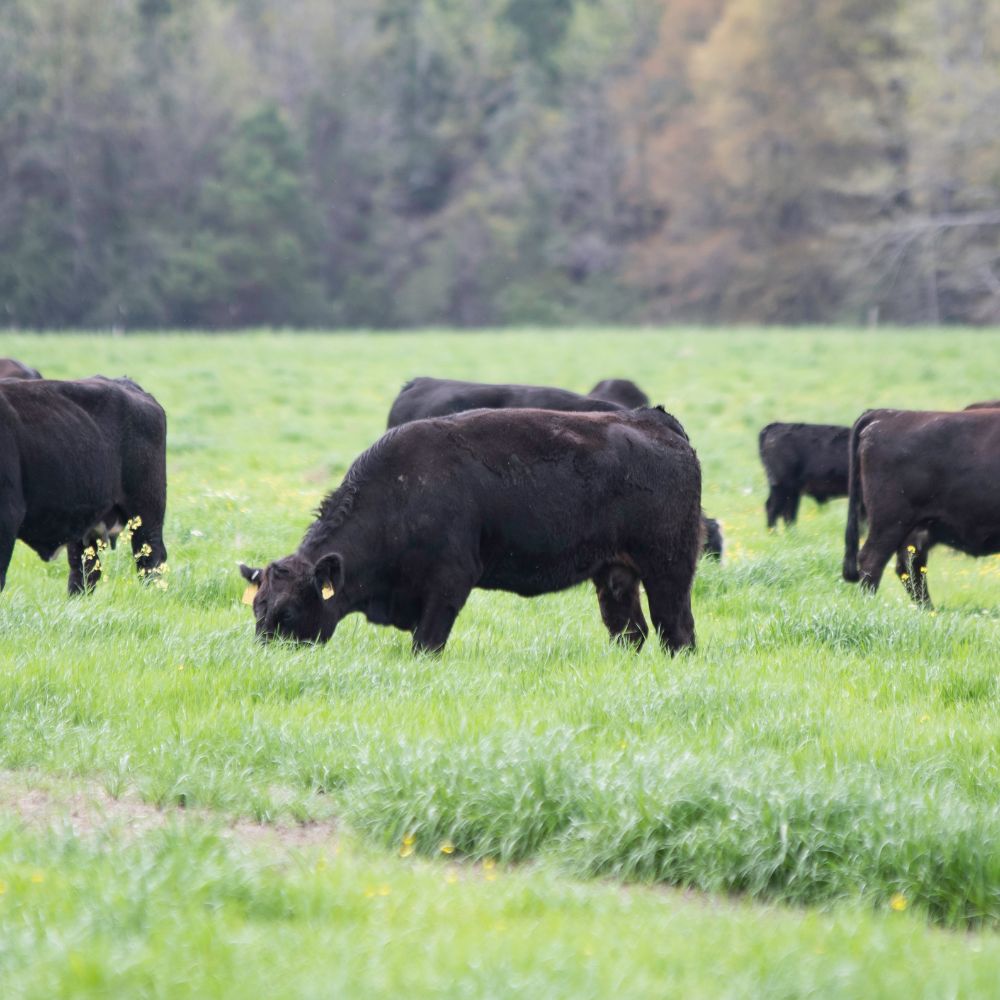7 Simple Techniques For Bagley Risk Management
7 Simple Techniques For Bagley Risk Management
Blog Article
The Facts About Bagley Risk Management Uncovered
Table of ContentsSome Known Details About Bagley Risk Management 3 Simple Techniques For Bagley Risk ManagementHow Bagley Risk Management can Save You Time, Stress, and Money.The 8-Minute Rule for Bagley Risk ManagementBagley Risk Management Things To Know Before You Get This
By doing this, if prices do drop below that break-even factor by the end day, insurance policy holders are protected against a loss. This is extremely similar to the way barnyards operate, though they utilize a conventional hedge. As soon as a rancher agreements their livestock with a barnyard, they hedge those cattle to secure the revenue point.This will be countered by the boosted worth of the livestock. Nonetheless, the margin stays essentially the exact same. With LRP Insurance, ranchers shield against a decrease in the futures board, however do not lose on the higher return when prices go up. To state that livestock markets can be volatile is a little bit of an exaggeration.
They do this by picking a reduced percent of the projected ending value - Livestock risk protection. This is a wonderful technique for those trying to find reduced costs prices or who have a higher danger resistance due to strong fiscal health and wellness. This strategy may not safeguard success, but it can protect versus significant market decreases
There is not a great deal of security or coverage on a month-to-month basis, but if there is a major accident, producers have the satisfaction that originates from knowing they will only be responsible for a particular amount expense. Just bear in mind, expect the very best yet plan for the most awful.
Rumored Buzz on Bagley Risk Management

Using LRP as protection for backgrounded cattle, or livestock on feed, aids reduce that danger by securing the expected value of the animals. Feeder livestock can be hidden to a 900-pound expected end weight and fed cattle can be covered to a 1,400-pound end weight. With a number of weight courses to select from, it is feasible to cover animals through the barnyard to the packer rail.
Applications can take a number of days to procedure and merely filling up one out does not lock the applicant into a plan. As soon as the application is approved and prepared, the LRP endorsement, with its end day and forecasted finishing worth, can be locked in quickly. This permits breeders to cover calf bones when the rate is appropriate for their market risk monitoring objectives.
Image Courtesy USDA-NRCS Prices for calf bones, feeder livestock and finished cattle have actually set some brand-new records this fall and very early winter. A mix of situations has sped up these historical rates. There is presently a great deal of careful positive outlook on the part of cow-calf manufacturers as they consider the future.
All about Bagley Risk Management

There are some advantages to producers in using LRP insurance as compared to a conventional feeder cattle agreement or acquisition of an alternative - Livestock insurance. One is the flexibility in the variety of livestock that can be guaranteed. There is no lower limit to the number of livestock that can be insured
There is no responsibility to offer cattle on which you have acquired LRP Feeder Livestock coverage. You might pick to retain ownership and still be qualified for the indemnity needs to the Actual End Value drop below your Coverage Rate. You may market livestock covered by LRP any time, gave have a peek at this website the transfer of ownership does not occur greater than 60 days before the LRP Agreement End Date.
If cattle perish and your Ag, Danger Consultant is informed within 72 hours of you finding out of the death, the insurance coverage remains in result, and the manufacturer is eligible for indemnities because of rate loss, even on those pets which died. Yes! Calves can now be covered prior to unguis hit the ground.
The Best Guide To Bagley Risk Management

Applications make certain first-time clients can be pre-approved to write an LRP policy It is complimentary! Action 2) Lock in a Special Insurance Coverage Endorsement (SCE) when you discover a quote that satisfies your objectives (Livestock risk protection calculator). Together, we'll shield your investment.
With the continuous change and unpredictability of the marketplace, Livestock Threat Security (LRP) is something all cattle manufacturers need to take into consideration. The primary purpose of LRP is to protect against the unanticipated downward price movement in the industry by setting a base upon any kind of provided date and sort of cattle you wish to insure.
The Definitive Guide for Bagley Risk Management
There are a range of insurance coverage level alternatives varying from 70 to one hundred percent of the anticipated finishing value (https://www.provenexpert.com/bagley-risk-management/?mode=preview). At the end of the selected insurance coverage duration, if the real finishing worth is below the protection cost, you will be paid an indemnity for the difference in price. Manufacturer expects to market 1,000 head of 11cwt livestock and chooses insurance coverage of $66
Since 2020, LRP (Livestock) is now available in all states when the market is offered. 1. Feeder Cattle with ending weights under 600lbs or 600lbs-900lbs, and 2. Fed Cattle with ending weights in between 1,000lbs-1,400 pounds that will be marketed for slaughter near the end of the insurance coverage period. whereas animals insurance does.
Report this page